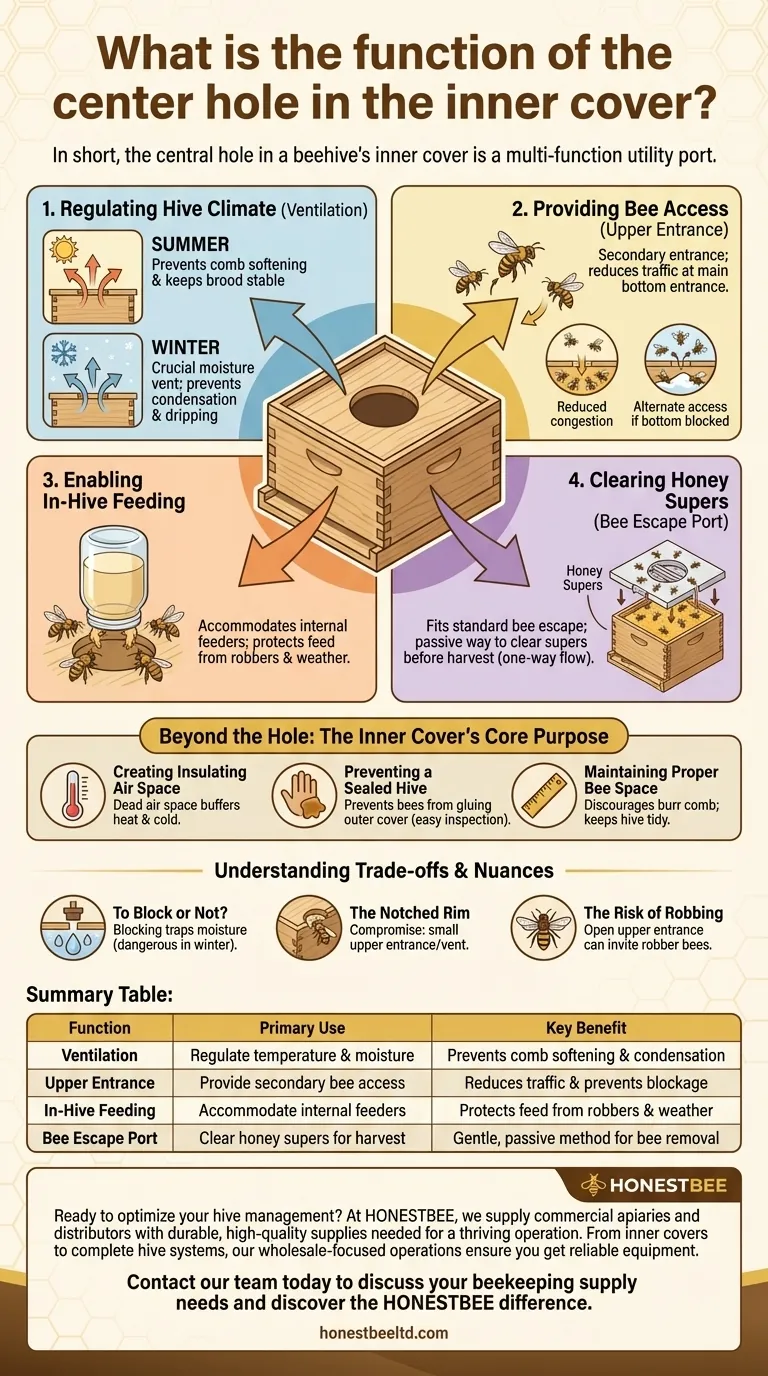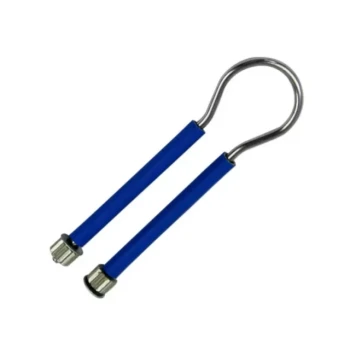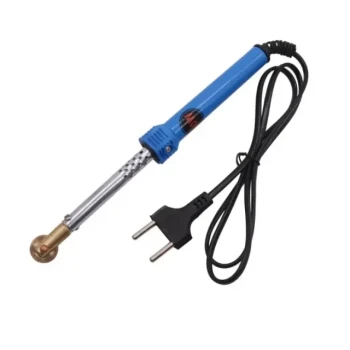In short, the central hole in a beehive's inner cover is a multi-function utility port. It is primarily designed to provide ventilation, serve as a port for in-hive feeders, function as an upper entrance for the bees, and accommodate a bee escape device for clearing honey supers before harvest.
Think of the inner cover not just as a lid, but as a critical climate control and management interface for the hive. The central hole is the primary way a beekeeper interacts with this system to meet the colony's changing needs.

The Four Primary Functions of the Center Hole
The simple hole in the inner cover is a key feature that allows for versatile hive management. Its purpose changes depending on the season and the beekeeper's immediate goal.
1. Regulating Hive Climate (Ventilation)
The most critical passive function of the hole is to promote airflow.
In the summer, this ventilation helps the colony move hot air out of the hive, preventing the wax comb from softening and keeping the brood at a stable temperature.
In the winter, it acts as a crucial moisture vent, allowing damp air to escape before it condenses on cold surfaces and drips back down onto the bees.
2. Providing Bee Access (Upper Entrance)
The hole can serve as a secondary entrance and exit for the colony.
This is especially useful in tall hives, reducing traffic congestion at the main bottom entrance. It also provides an alternate access point if the bottom entrance becomes blocked by snow, debris, or deceased bees.
3. Enabling In-Hive Feeding
The hole is perfectly sized to accommodate many types of internal hive feeders.
Beekeepers can place a jar of sugar syrup, inverted over the hole, allowing bees to feed directly from inside the hive. This method protects the feed from robber bees and bad weather.
4. Clearing Honey Supers (Bee Escape Port)
The hole is designed to fit a standard bee escape.
A bee escape is a one-way device that lets bees move down out of the honey supers but prevents them from returning. Inserting one into the hole is a passive and gentle way to clear bees from supers 24 hours before harvesting honey.
Beyond the Hole: The Inner Cover's Core Purpose
While the hole is a key feature, the inner cover itself serves fundamental roles in hive health and management.
Creating Insulating Air Space
The inner cover creates a "dead air space" between the top of the hive and the outer telescoping cover. This space acts as a layer of insulation, helping to buffer the colony from extreme summer heat and winter cold.
Preventing a Sealed Hive
Bees instinctively seal every crack with a resinous substance called propolis. Without an inner cover, they would glue the main outer cover directly to the top super, making hive inspections extremely difficult and disruptive.
Maintaining Proper Bee Space
The inner cover helps maintain the correct "bee space" at the top of the hive. This discourages the colony from building unwanted burr comb in the space under the outer lid, keeping the hive tidy and manageable.
Understanding the Trade-offs and Nuances
Using the inner cover and its hole effectively requires understanding a few key trade-offs.
To Block or Not to Block?
Some beekeepers choose to block the hole during winter to conserve maximum heat. However, this can trap moisture, which is often more dangerous to a wintering colony than the cold itself.
The Notched Rim
Many inner covers feature a small, notched cutout on one side of the rim. This notch provides a much smaller upper entrance or vent when the cover is flipped to the "winter" side. This offers a compromise between a fully open hole and no ventilation at all.
The Risk of Robbing
An open upper entrance can be an easy access point for robber bees from other hives, especially during a nectar dearth. If you notice signs of robbing, you may need to restrict or close this upper entrance.
How to Use the Inner Cover for Your Goal
Your strategy for the inner cover depends entirely on your current objective.
- If your primary focus is harvesting honey: Use the center hole to insert a bee escape one day before you plan to remove your honey supers.
- If your primary focus is feeding a weak colony: Use the hole to place a contact feeder with sugar syrup directly over the cluster.
- If your primary focus is managing summer heat: Ensure the hole is open and consider propping the outer cover slightly to maximize airflow.
- If your primary focus is winter survival: Use the notched rim to create a small upper entrance for moisture ventilation while minimizing heat loss.
Ultimately, mastering the use of the inner cover and its central hole is a key step in moving from simply keeping bees to truly managing a thriving colony.
Summary Table:
| Function | Primary Use | Key Benefit |
|---|---|---|
| Ventilation | Regulate temperature & moisture | Prevents comb softening & condensation |
| Upper Entrance | Provide secondary bee access | Reduces traffic & prevents blockage |
| In-Hive Feeding | Accommodate internal feeders | Protects feed from robbers and weather |
| Bee Escape Port | Clear honey supers for harvest | Gentle, passive method for bee removal |
Ready to optimize your hive management? The inner cover is just one piece of essential beekeeping equipment. At HONESTBEE, we supply commercial apiaries and distributors with the durable, high-quality supplies needed for a thriving operation. From inner covers to complete hive systems, our wholesale-focused operations ensure you get the reliable equipment your business depends on.
Contact our team today to discuss your beekeeping supply needs and discover the HONESTBEE difference.
Visual Guide

Related Products
- Inner Beehive Cover for Beekeeping Bee Hive Inner Cover
- Professional Insulated Winter Hive Wrap for Beekeeping
- Acrylic Lid Beekeeping Honey Extractor for Beekeepers
- Professional Multi-Function Stainless Steel Hive Tool
- Professional Dual-End Stainless Steel Hive Tool for Beekeeping
People Also Ask
- Why might beekeepers use an inner cover under the telescoping outer cover? Simplify Hive Management & Protect Your Colony
- What is the purpose of the inner cover in a beehive? A Key to Hive Health & Easy Management
- What is an inner cover in a beehive and what are its features? A Key Tool for Hive Health & Management
- How is the inner cover used to promote ventilation? Master Hive Climate Control for Healthy Bees
- What is the function of an inner cover in a beehive? Essential for Hive Health & Management



















